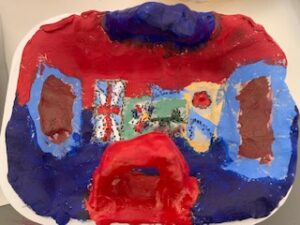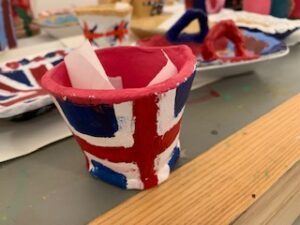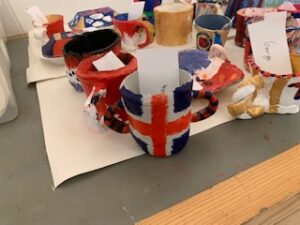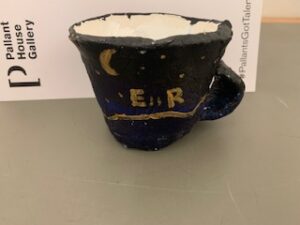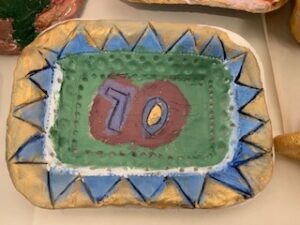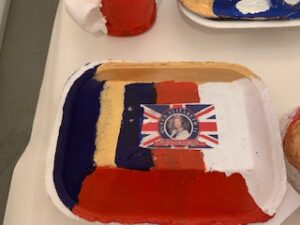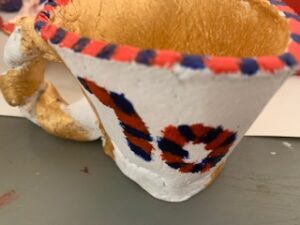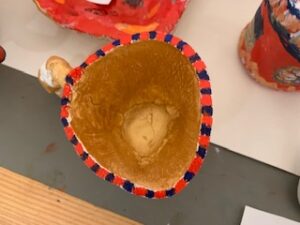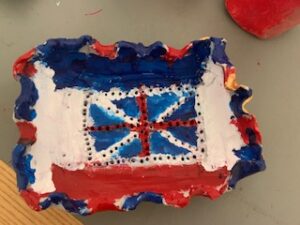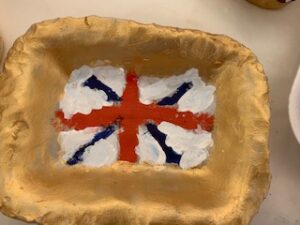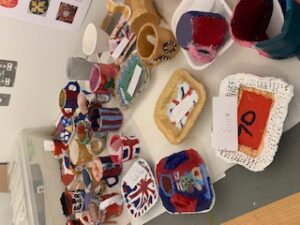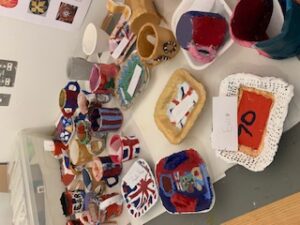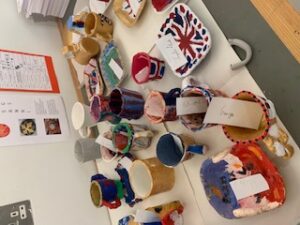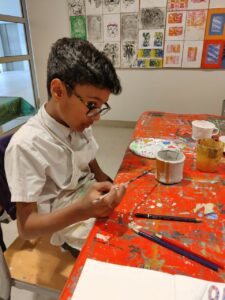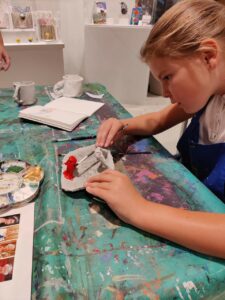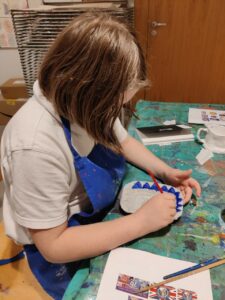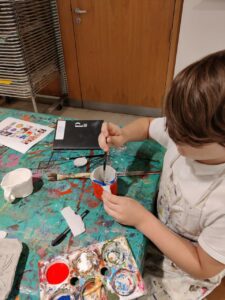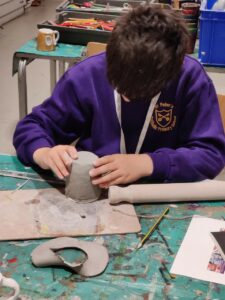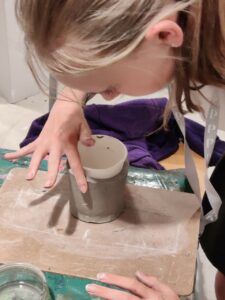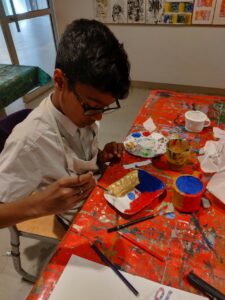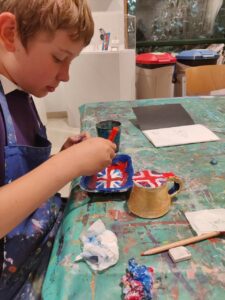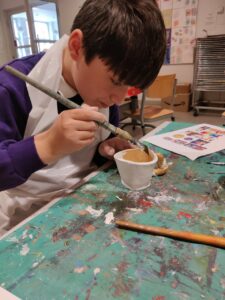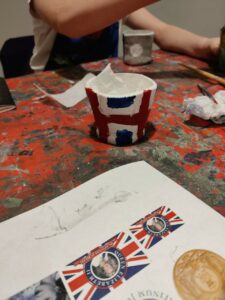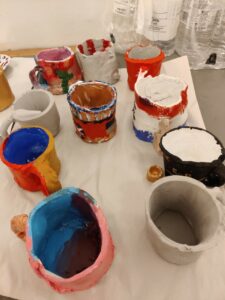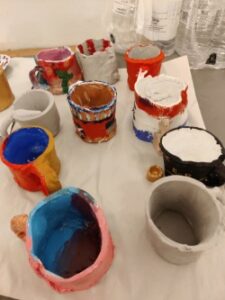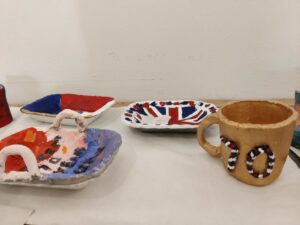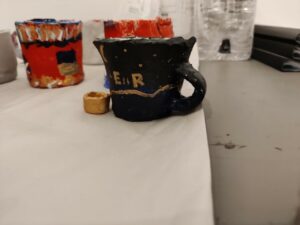Twelve children were chosen to be ‘artists in residence’, at Pallant House in Chichester….this is their adventure….
Access to the Studio
Pallant House has their art studio which is reserved for our school for the duration of our visit.
Access to the Gallery
The children have been given an official School in Residence lanyards that grants them access to all the gallery spaces. Using a sketchbook and pencils they can observe, record and experiment as much as they like.
A chance to celebrate
There is an exhibition of the children’s artwork from 30th July until 7th August. This will be an opportunity for the children to share their art with family, friends and the wider community.
Week 1
Creating a sculpture in the style of Barbara Hepworth.
Barbara Hepworth was a famous artist who made her sculptures inspired by the natural world. She made lots of sculptures which have a hole in the middle, so you can see the inside and outside of the sculpture, and to let the light through.
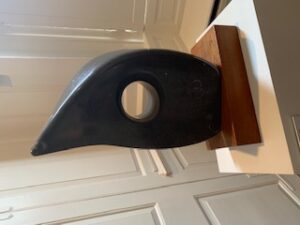
The children looked and discussed the sculpture. Then the turned around and drew the sculpture from memory.
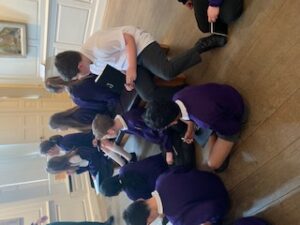
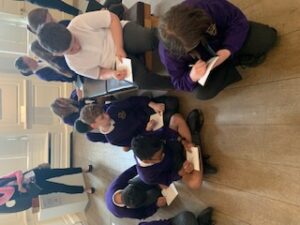

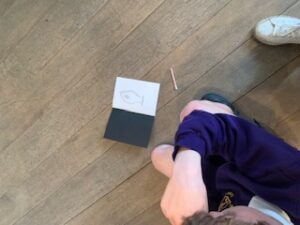
After that, they looked at the sculpture and did an observational drwing. They looked at both drawings and discussed them…which one looked most accurate? Which did the prefer drawing and why?

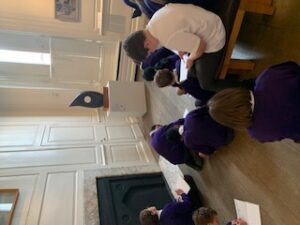
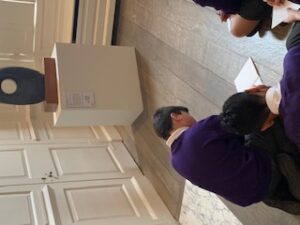
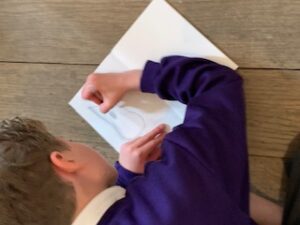

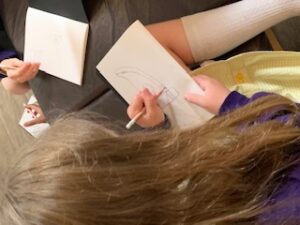

Back in the art studio the children looked at stones with holes in them and then did a drawing of a sculpture inspired by Barbara Hepworth.

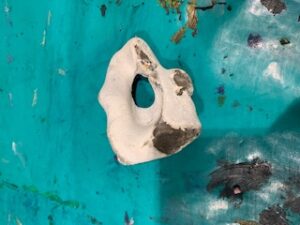
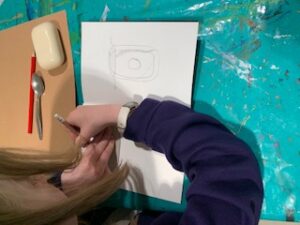
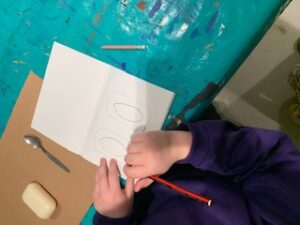

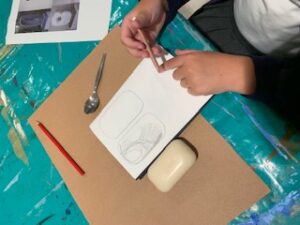
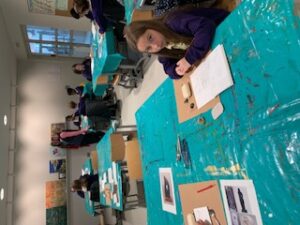
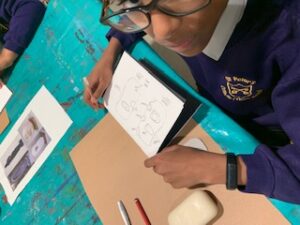

Then came the fun, and nerve racking part! The children each had a bar of soap and they had to carve their sculpture, using a variety of tools, including clay tools and even teaspoons!
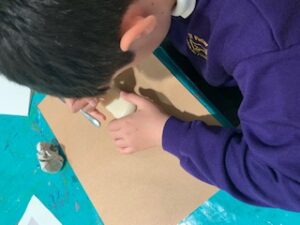
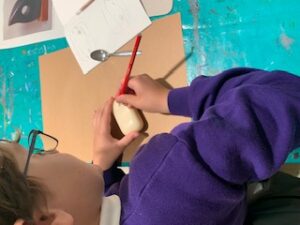
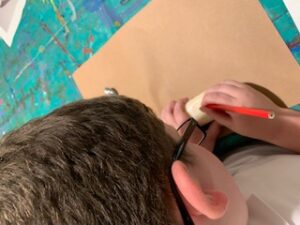
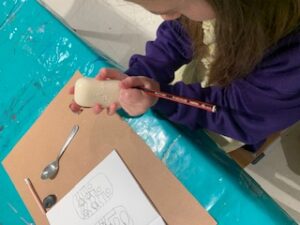
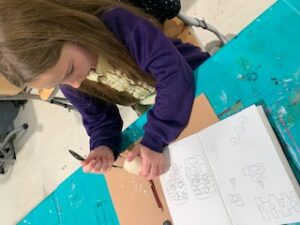

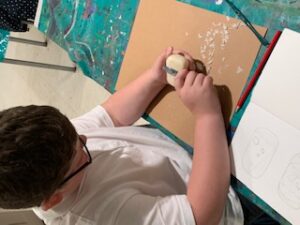
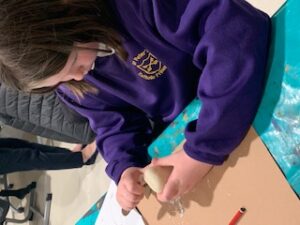
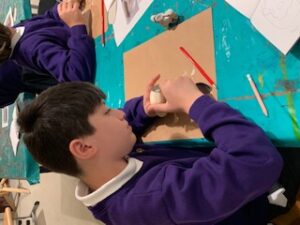
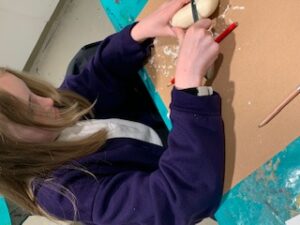

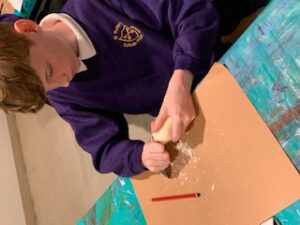
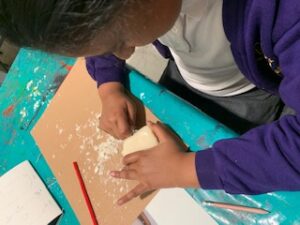


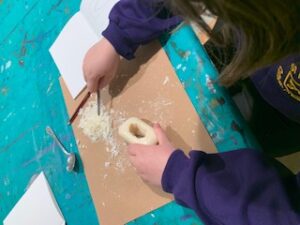
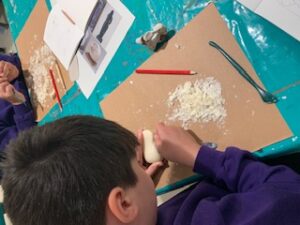

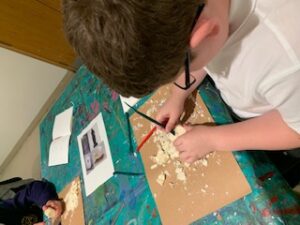
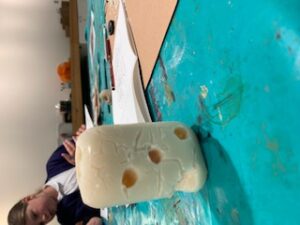
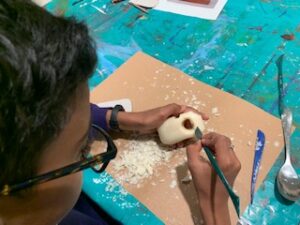
We celebrated our work at the end of the session, discussing what we liked about each sculpture and talking abouth the chgallenges we came up against and how we over came them.
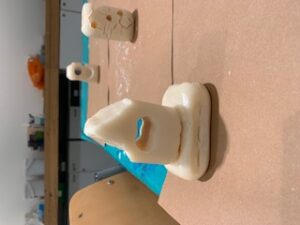
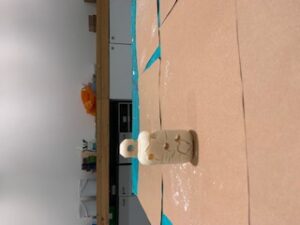
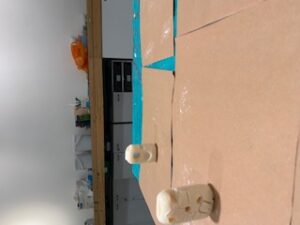
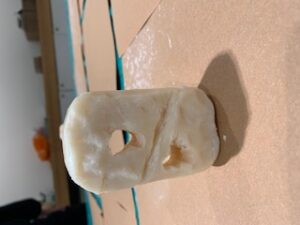
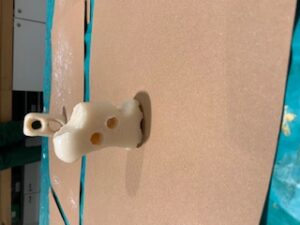
What a fantastic first session… we can’t wait for next week!
Weeks 2-5
The children created Jubilee commemorative pottery, using clay. They drew their designs first and then made them from clay, using templates. Once the clay had dried they used acrylics to paint them.

